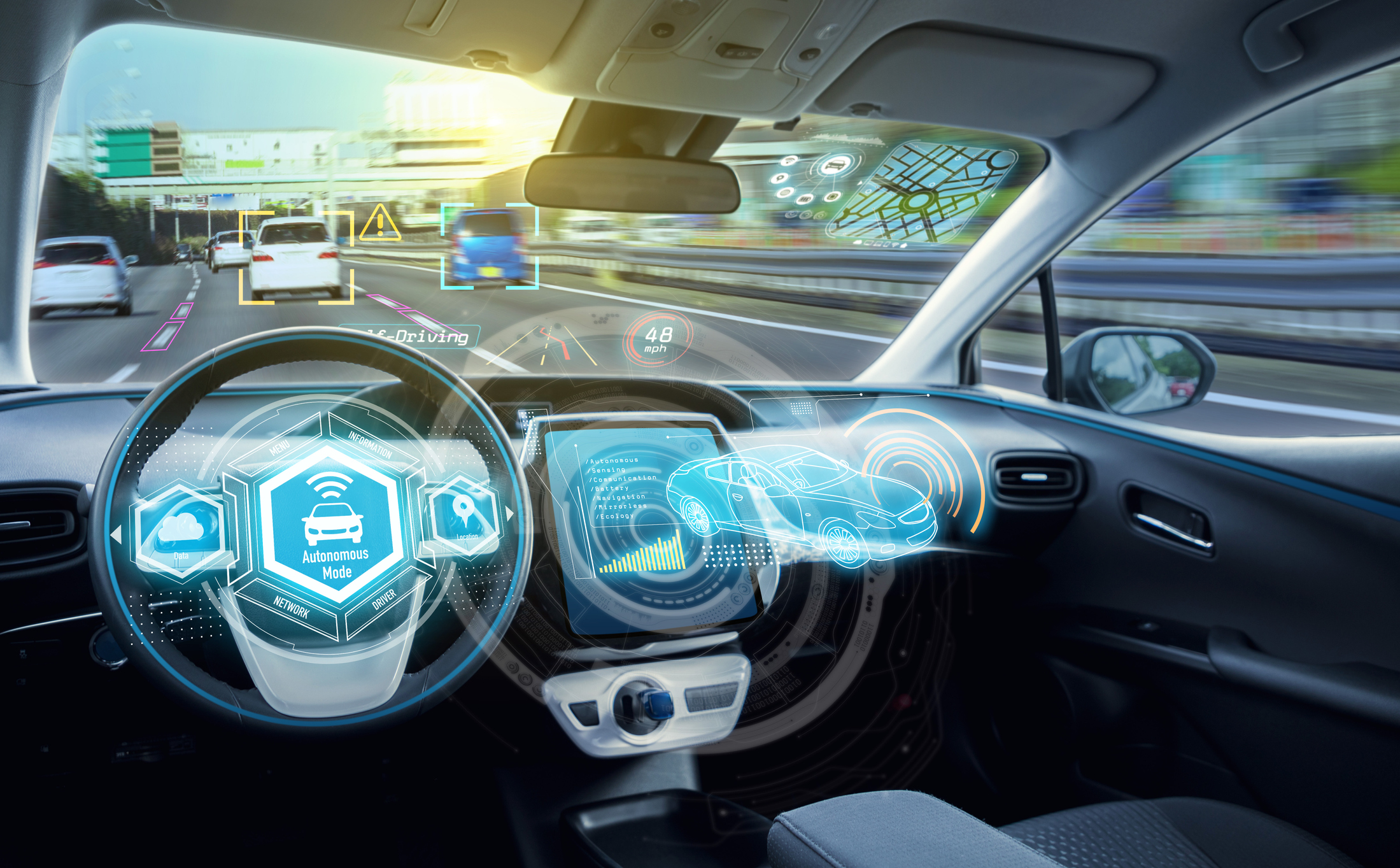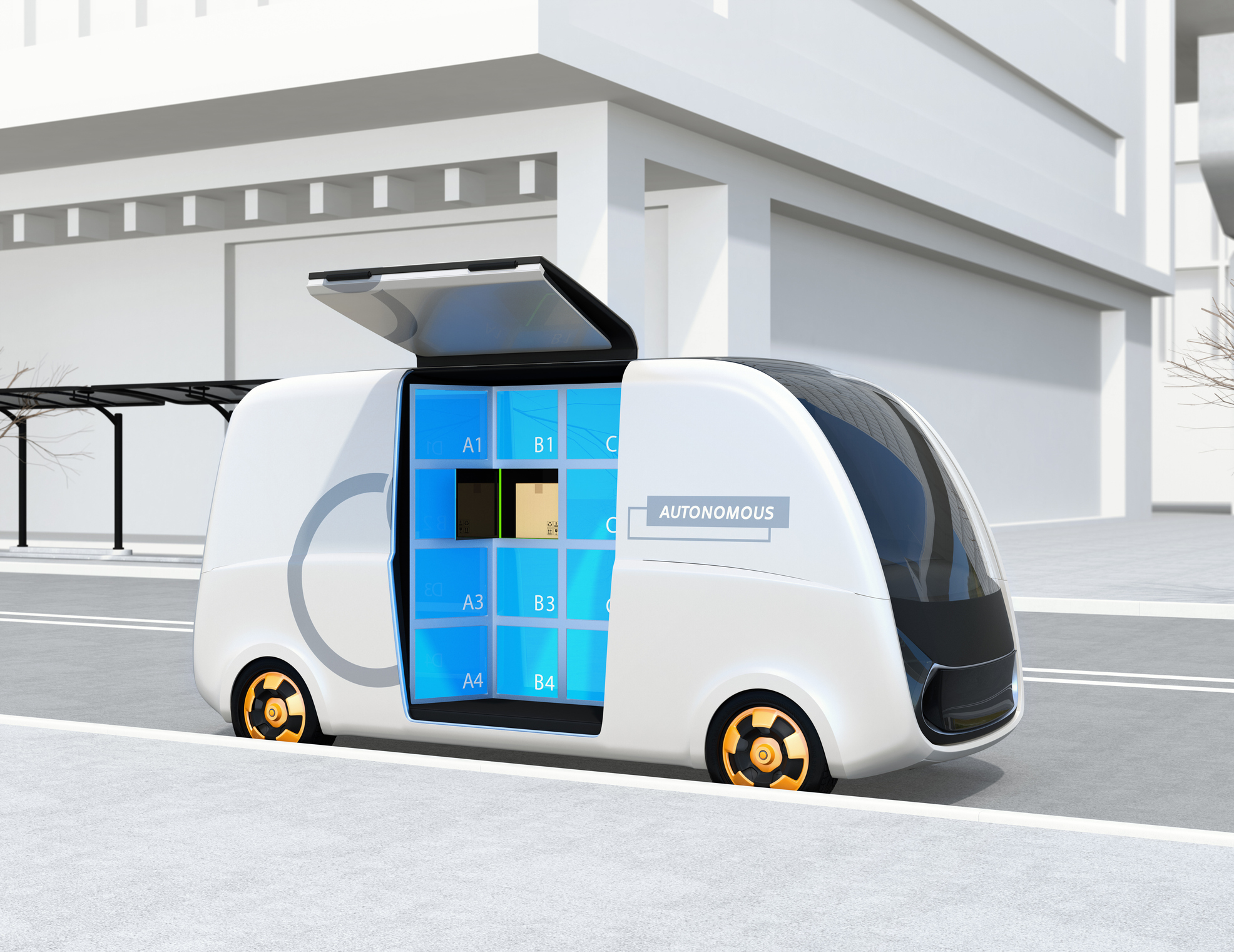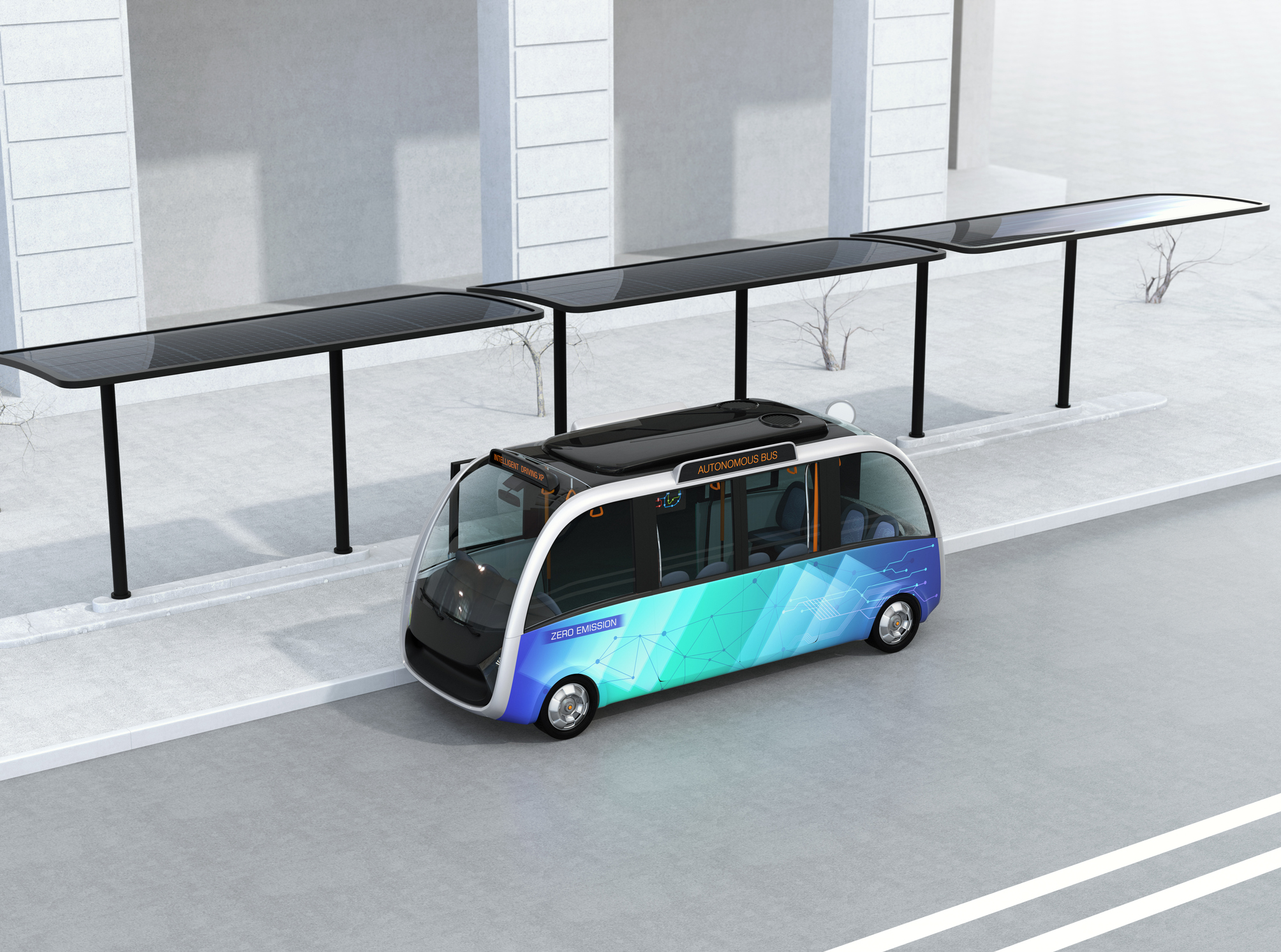Greater Road Safety
Government data identifies driver behavior or error as a factor in 94 percent of crashes. For example, fatigued drivers are twice as likely to make mistakes, according to NHTSA. Driver-assist technologies like blind spot monitoring and lane departure warnings can help avoid crashes, and the most common crash — rear-end collisions — is projected to decline dramatically as automated emergency braking is more widely deployed. Higher levels of autonomy have the potential to reduce risky and dangerous driver behaviors. The greatest promise may be reducing the devastation of impaired driving, which causes approximately one-third of road fatalities today. In a fully automated vehicle, all occupants could safely pursue more productive activities, like responding to email.









